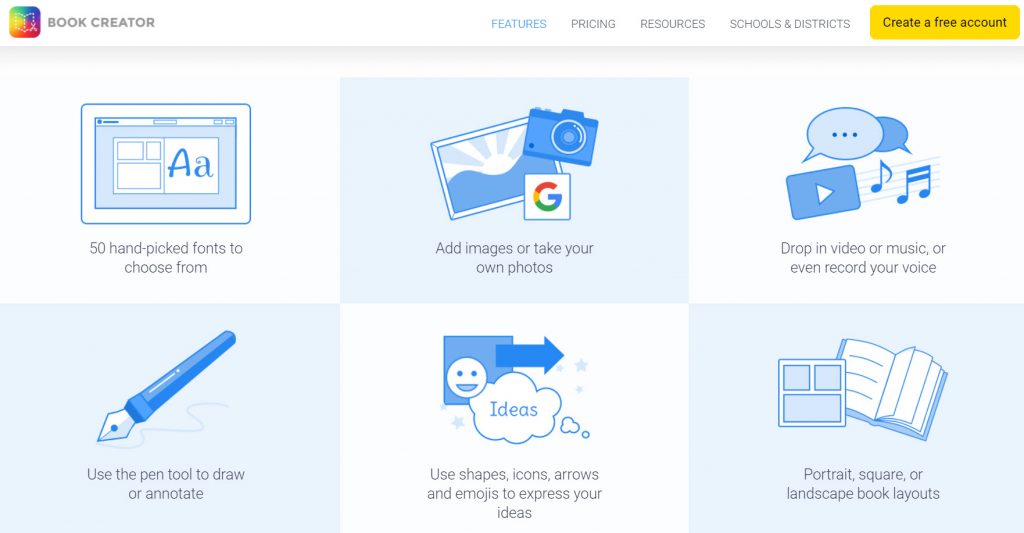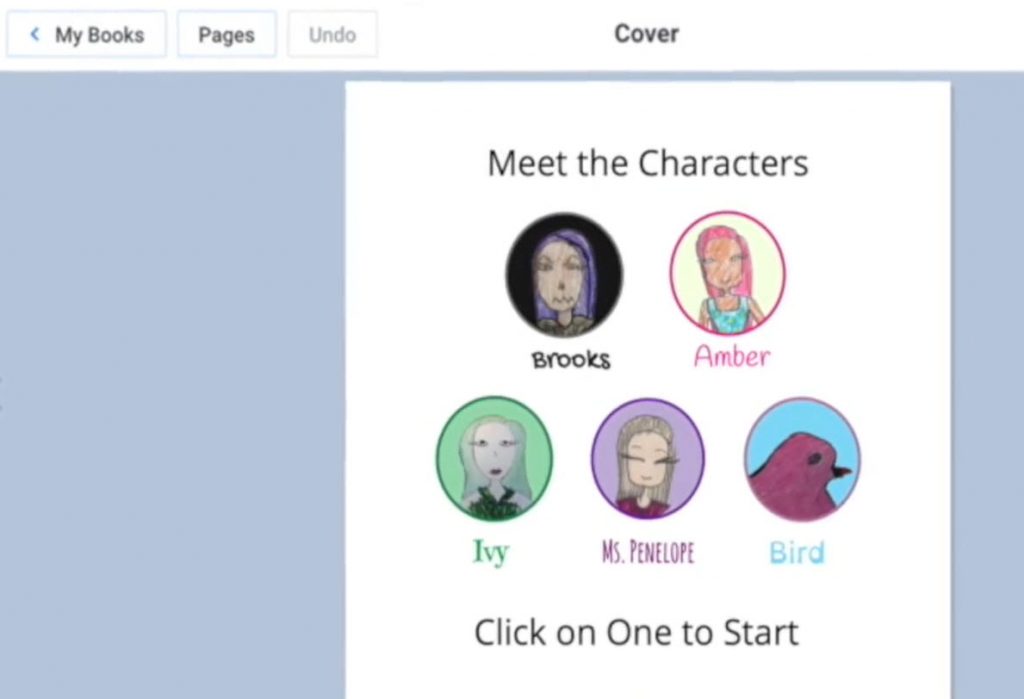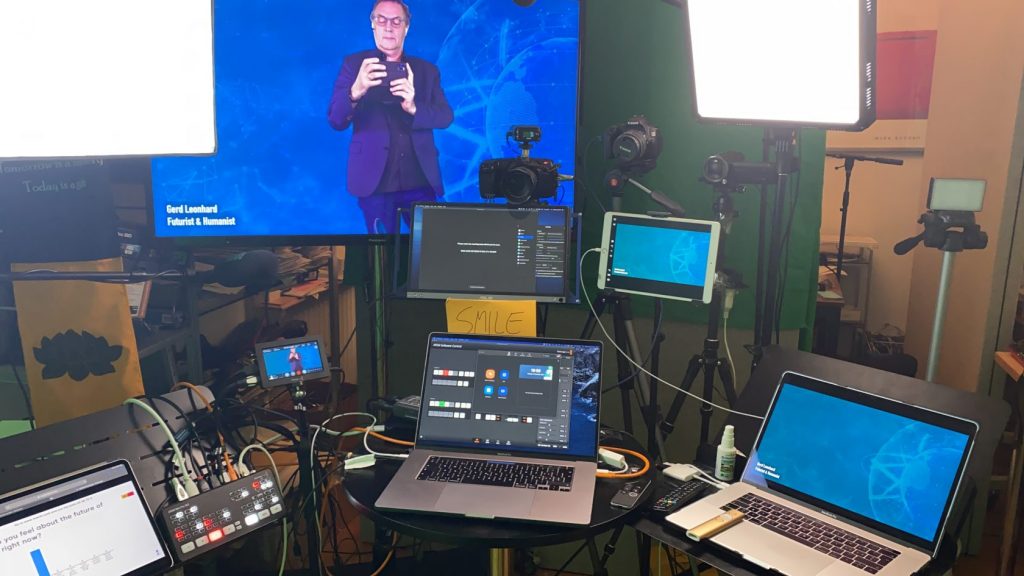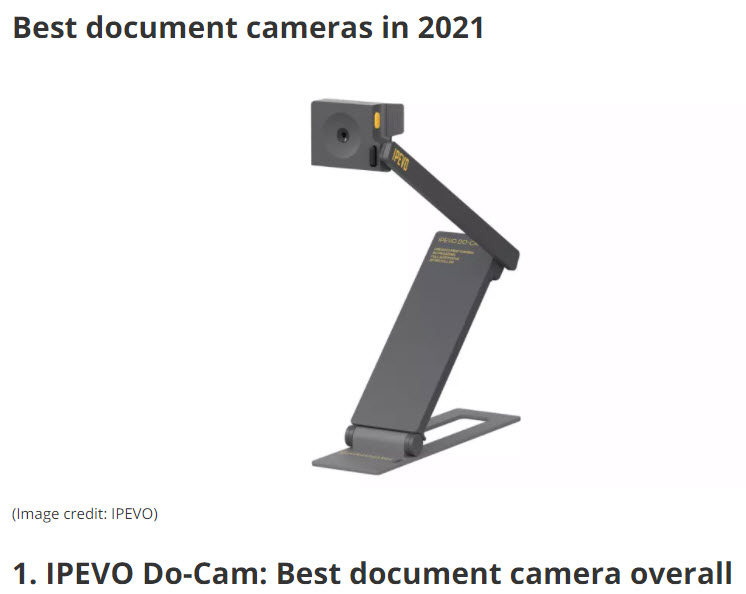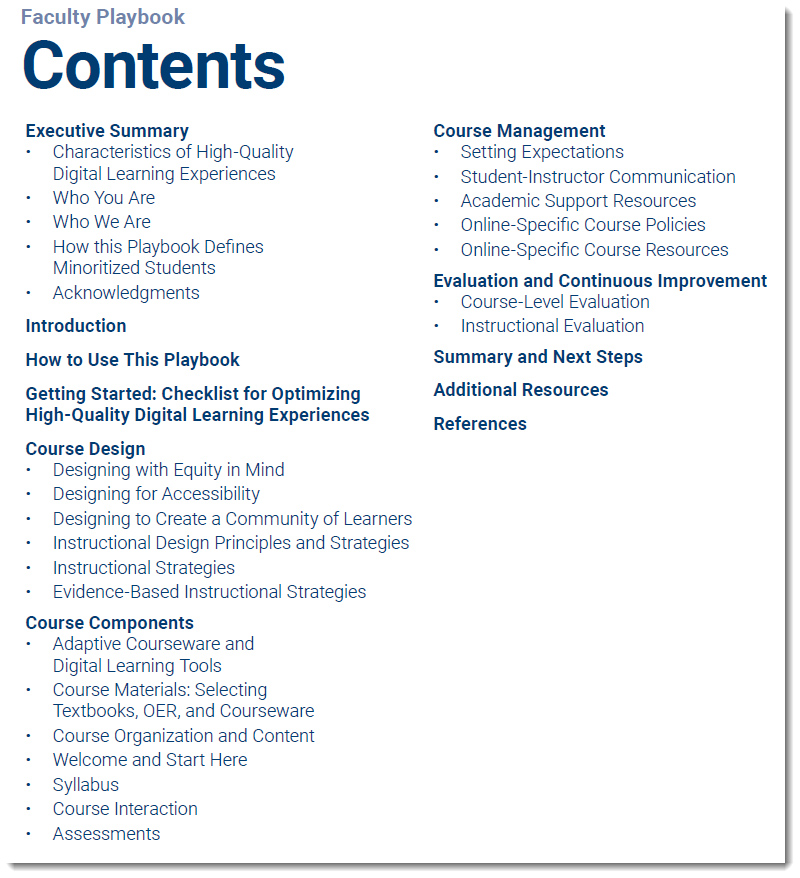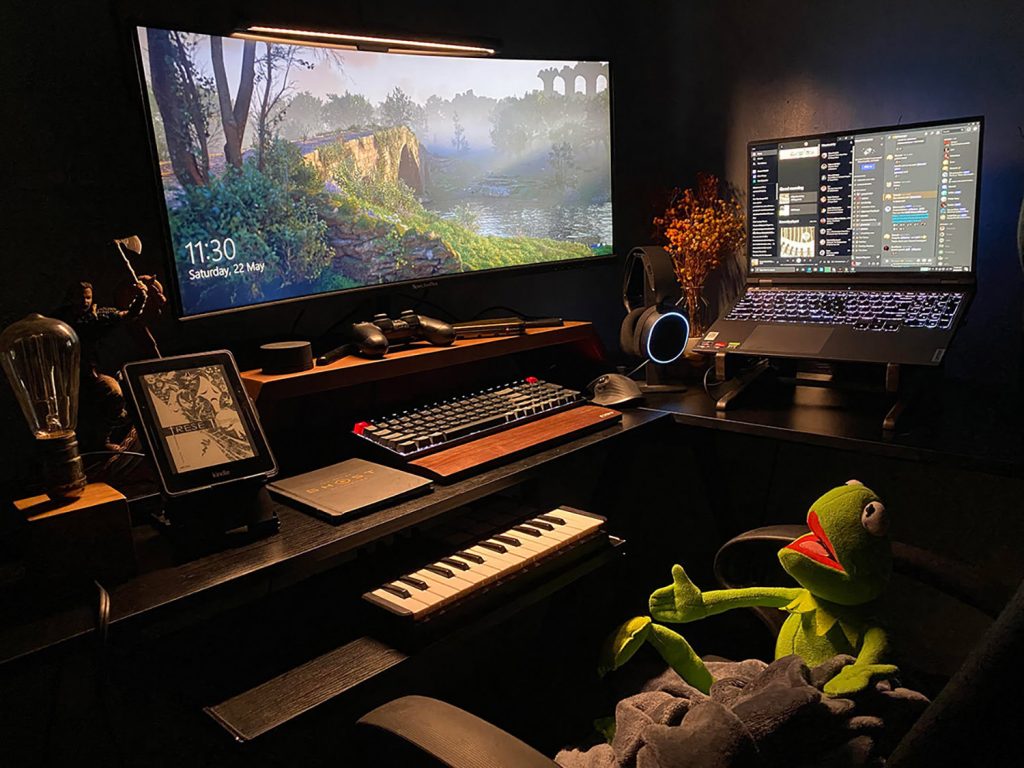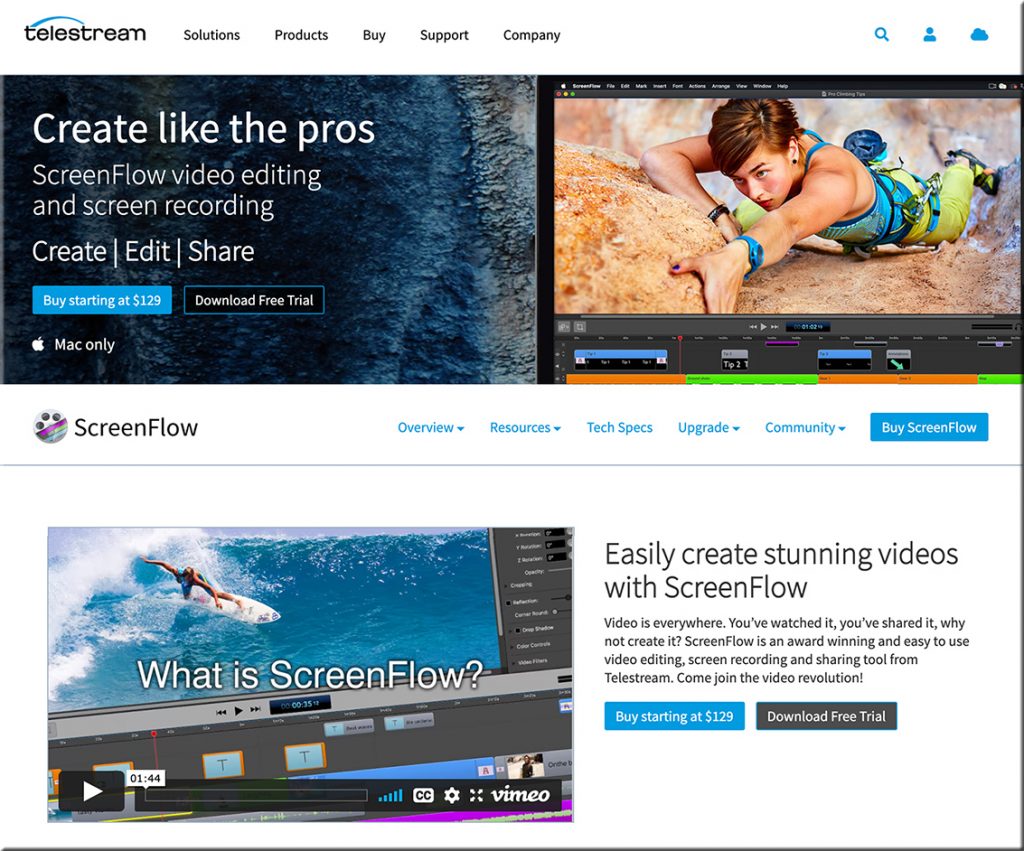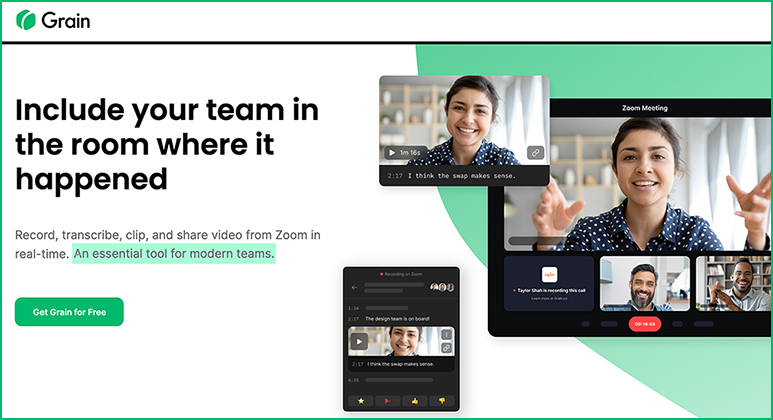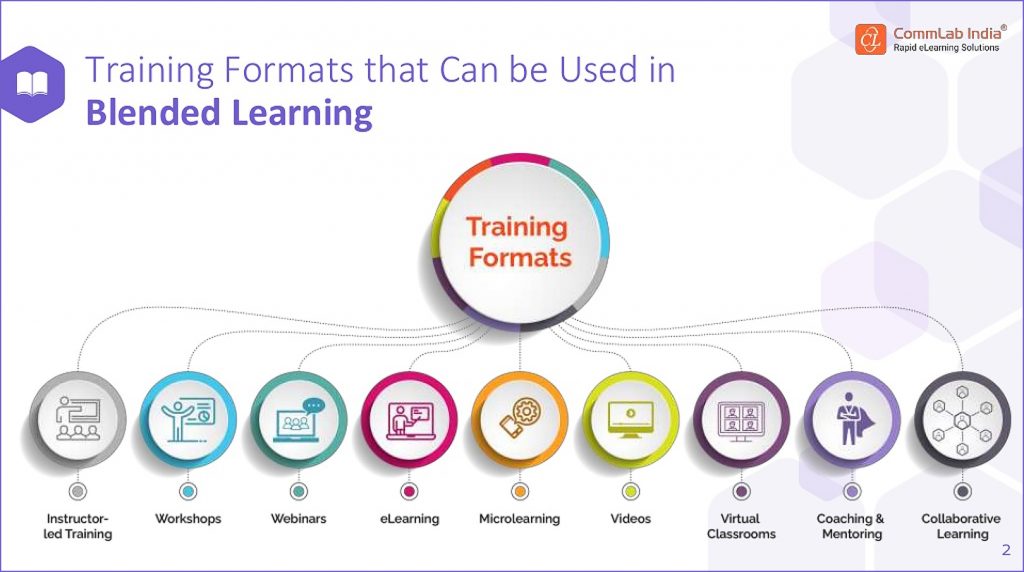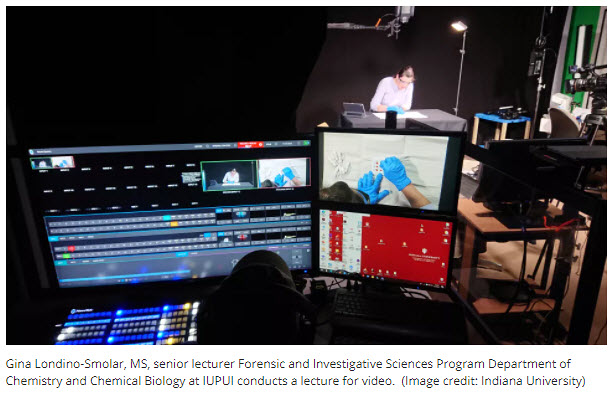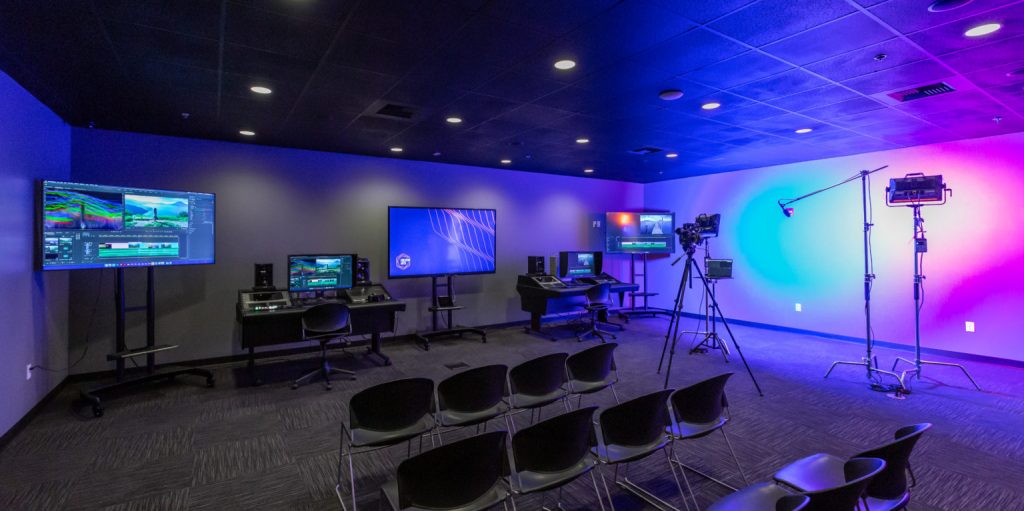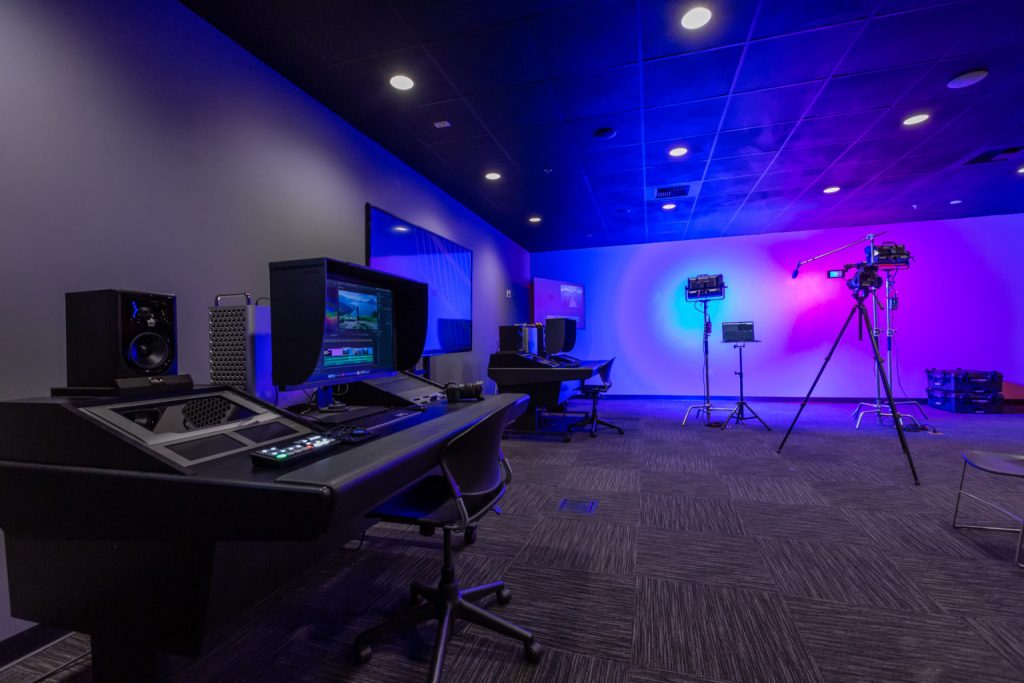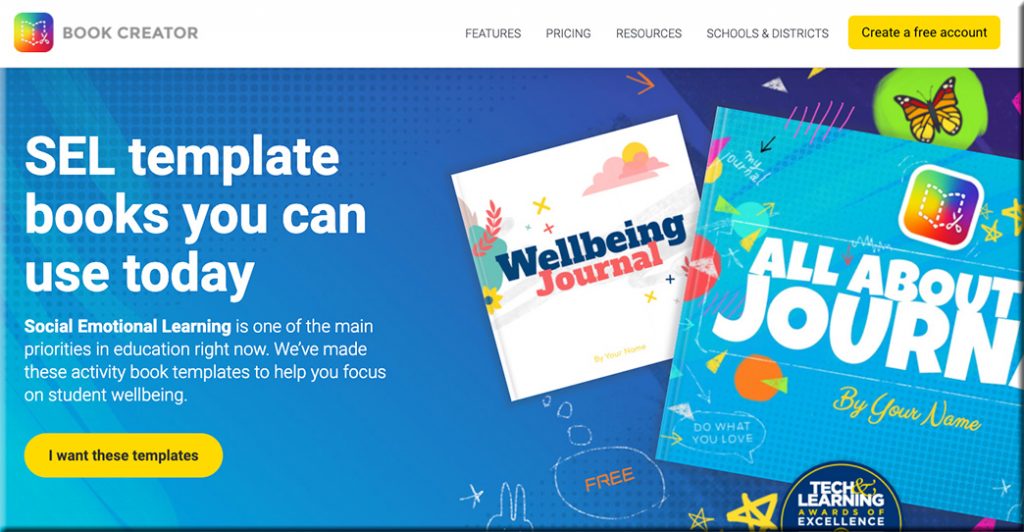Returning to School: Why Video Is Here to Stay — from gettingsmart.com by Jessica Slusser
Excerpt:
Here are a few reasons video can be powerful and a few ways to incorporate it into your lesson plans:
- Agency. We know some learners built a deep sense of agency while learning from home. Through video, students can tell their story, use a different format than they’ve used before to explain work and build and share their own lessons with classmates. Imagine the power of flipped student presentations.
- Flip Your Classroom. Utilize the power of video by recording some of your direct instruction plans for learners to watch as “homework” then spending class time diving into work and building understanding.
- Enriched Station Rotation. Create differentiated videos for each of your small group stations so students can watch a video that you created and be working on different review activities in their different stations. This also helps build a library of content you can use in the future.
- Built in Assessment. Educators can create videos that are embedded in a Google Form that serves as a quick assessment. If a student gets the answer wrong, they’re moved into a new branch of the form that has a video to help build understanding, then when finished they go back to the original question to reassess. Students can also respond to assessment questions or submit work.
- Better than Red Ink. What if instead of writing a learner’s grade with short feedback on their next written assignment, you could record a quick 30-second video that explains your grade and give real-time feedback that is more robust than the traditional red pen.











